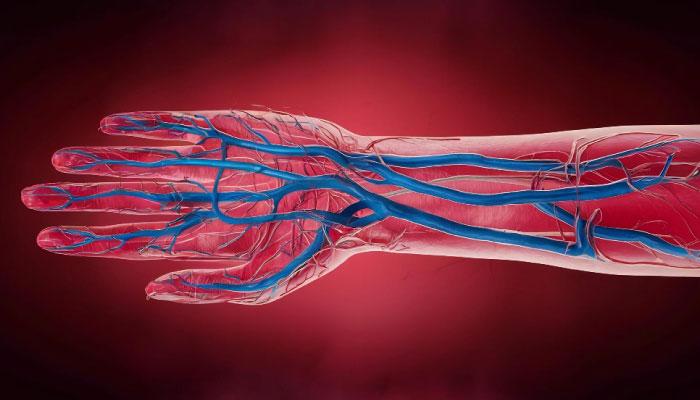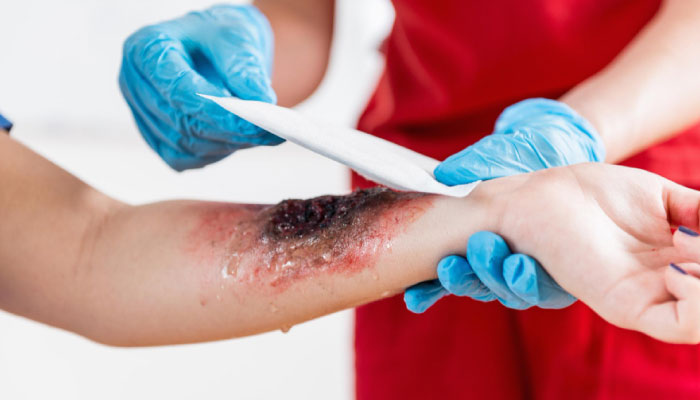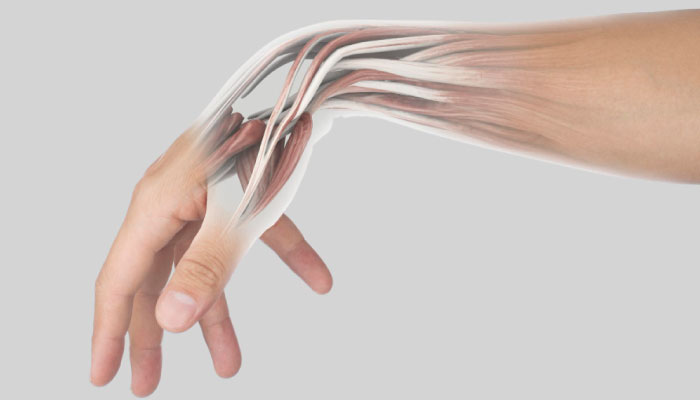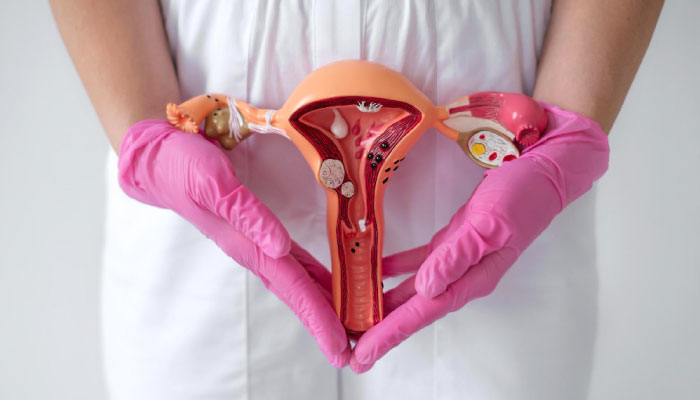Reliable Access for Lifesaving Dialysis
For patients with kidney failure, hemodialysis is a crucial treatment. An arteriovenous (A-V) fistula provides a strong, long-lasting access point that makes regular dialysis safer and more effective.
What is an A-V Fistula?
An A-V fistula is a surgical connection between an artery and a vein, usually created in the arm. Over time, the vein becomes stronger and larger, making it suitable for repeated needle insertions during dialysis.
Why Choose an A-V Fistula?
- Most Reliable Access: Lasts longer than catheters or grafts
- Lower Risk of Infection: Safer than temporary dialysis catheters
- Better Blood Flow: Ensures efficient dialysis sessions
- Improved Comfort: Reduces complications over long-term use
The Procedure
- Performed under local or regional anesthesia
- A small incision is made to connect an artery to a nearby vein
- Procedure takes about 1–2 hours
- The fistula usually matures within 6–12 weeks before it can be used for dialysis
Results You Can Expect:
- Strong, reliable access for regular dialysis
- Improved treatment efficiency and patient comfort
- Long-term use when properly cared for
Who Should Avoid This Procedure?
- Patients with poor vascular health in the arms
- Those with severe infections at the proposed site
- Patients not medically fit for surgery
FAQs
Q1: How long does an A-V fistula last?
With proper care, many fistulas function for years—sometimes even decades.
Q2: Can I use my arm normally after surgery?
Yes. Once healed, normal activities can be resumed, but heavy strain should be avoided.
Q3: What if my veins are too small?
Alternative options like A-V grafts may be considered.
Book a Consultation
If you or a loved one needs dialysis, an A-V fistula is the safest and most reliable access option. Our specialists provide expert care with long-term results.
















